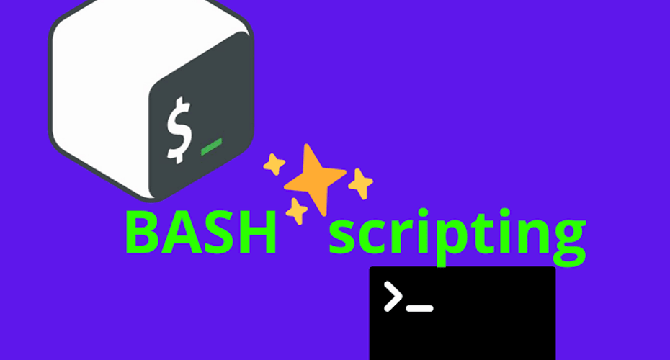Dev
2d
173

Image Credit: Dev
Bash Scripting from Beginner to Advanced: A Step-by-Step Guide
- This guide will take you on a journey from the fundamentals of Bash scripting to more advanced topics, such as file operations, conditional statements, loops, and more.
- You'll gain the tools needed to use Bash effectively.
- To write and run your first script, create a new file, and add the code, define a variable name, conditional statements, and loops let you make decisions in your script and repeat actions multiple times.
- This section covers basic file management tasks in Bash, such as creating files and directories, moving, copying, and deleting files and directories.
- Functions organize code into reusable sections, whereas read takes user input, and echo displays the name.
- Bash can read data from a file line-by-line, storing it in the variable line, while writing data to a file from within a script is also possible.
- Background jobs allow a script to run tasks without waiting for them to complete, while sed is a powerful text editor for filtering and transforming text within a file or stream.
- awk is useful for handling structured data, such as CSV files, and trap helps manage signals, like when you want to stop a script gracefully.
- This guide provides an excellent foundation for creating, managing, and enhancing scripts to make your command-line work more efficient and effective.
- By following the guide, you should be able to confidently automate tasks, create reusable scripts, and efficiently manage system operations with Bash.
Read Full Article
10 Likes
For uninterrupted reading, download the app